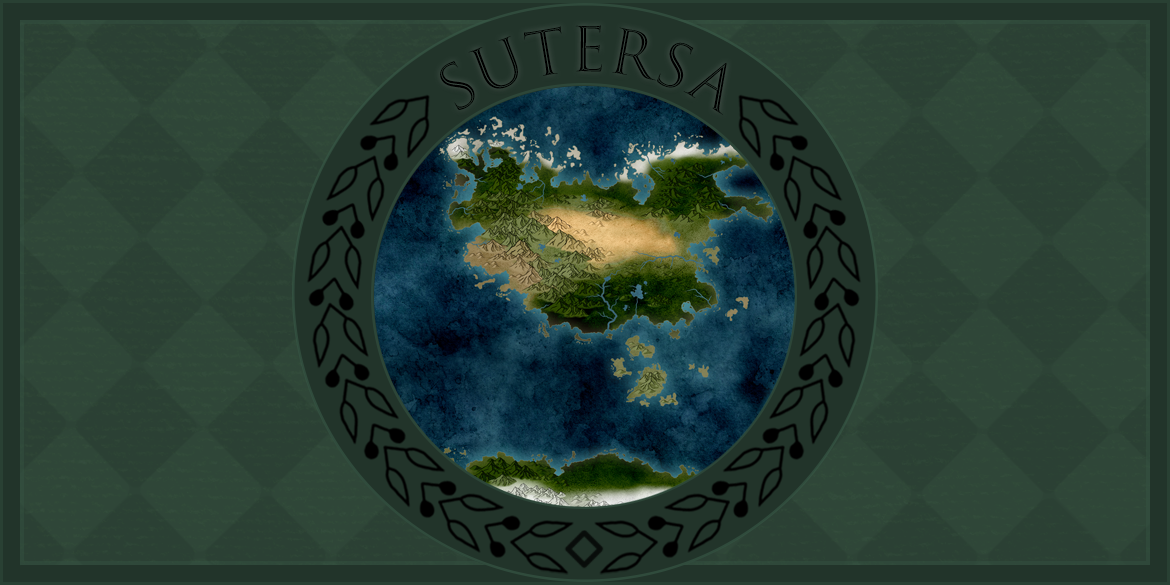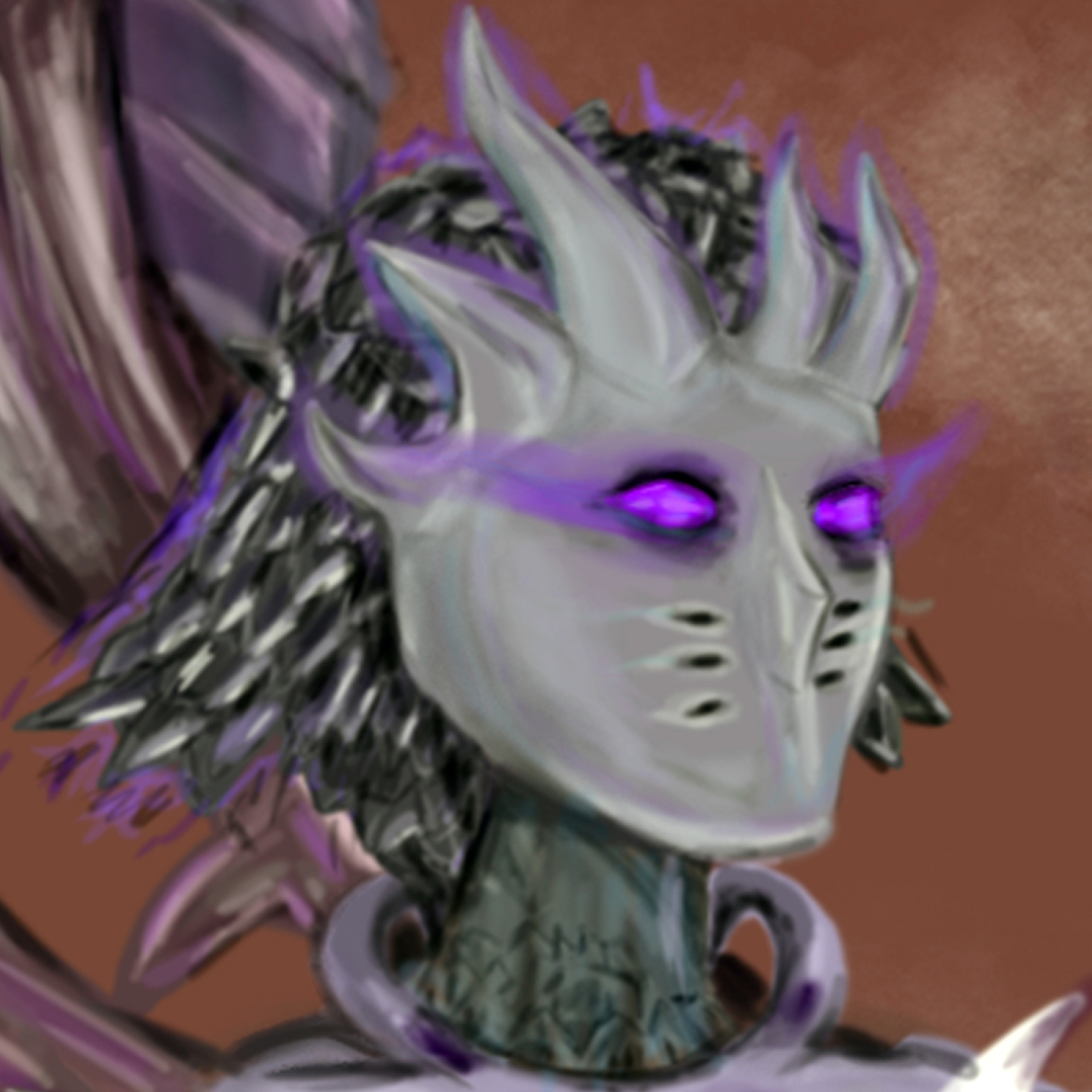Long-tailed Camel
The reliant carrier of the deserts
Basic Information
Anatomy
Ecology and Habitats
Dietary Needs and Habits
Additional Information
Domestication
Uses, Products & Exploitation
Geographic Origin and Distribution
Remove these ads. Join the Worldbuilders Guild















That was a really interesting article! There was one main thing that I didn't find explained in the article explicitly, and it was: Why are they going extinct? Why are there barely any camels left in the wild? If they are not being caught any more, shouldn't their population have bounced back? I was particularly fond of how you introduced the species by showing the gathering of people in the desert, which was only possible thanks to the existence of this species. PS: You may be aware, but real world camel's life span is twice as much as those in your world. I thought I should mention it just in case. In comparison, your camels are also quite heavy.
Thanks for the feedback! I'll definitely have to expand on the extinction part, it's basically the way it's with wild horses in our world, there simply aren't many because almost all are claimed by some person or another. Regarding the weight and lifespan I took my info from the Swedish wiki where it says that around 700 kg are the average weight, and that they get 25-35 years old in general. I will have to do more research and see if I want to adapt anything!
Thanks for your answer. I realise that maybe my feedback is quite "biology" based, but that's because I'm a biologist xD I got a nice source for you on camels in case you are interested. The book is called "The Camel (Camelus Dromedarius): A Bibliographical Review" and it's on google books (https://books.google.nl/books?hl=en&lr=&id=ipGBmdJy_5cC&oi=fnd&pg=PA66&dq=Camelus+dromedarius&ots=Q20Dhz7D5B&sig=MTOYQPz3wYt06Cs8G4WbDoqWEsE#v=onepage&q=life&f=false). On page 66-67 you'll find a description on weights and similar measurements, and on page 16 you'll find details about their lifespan.
Wow thank you, I'll definitely give it a look!